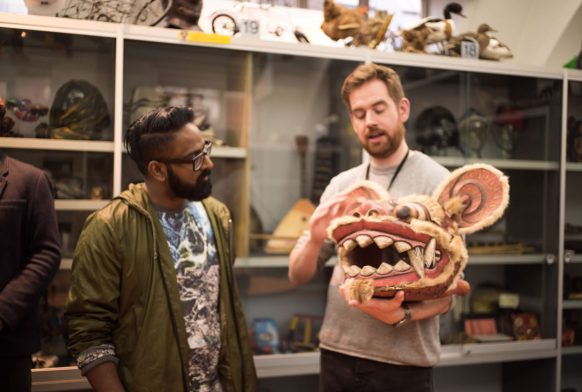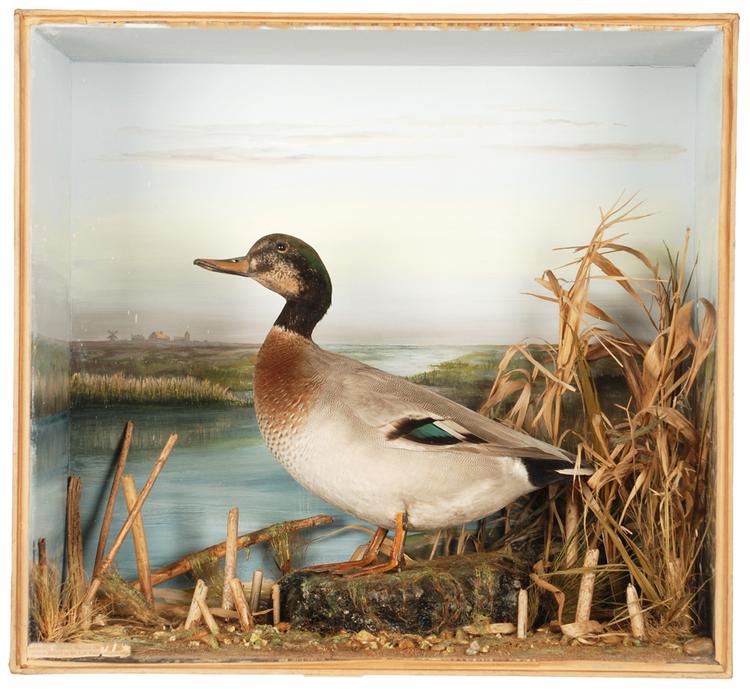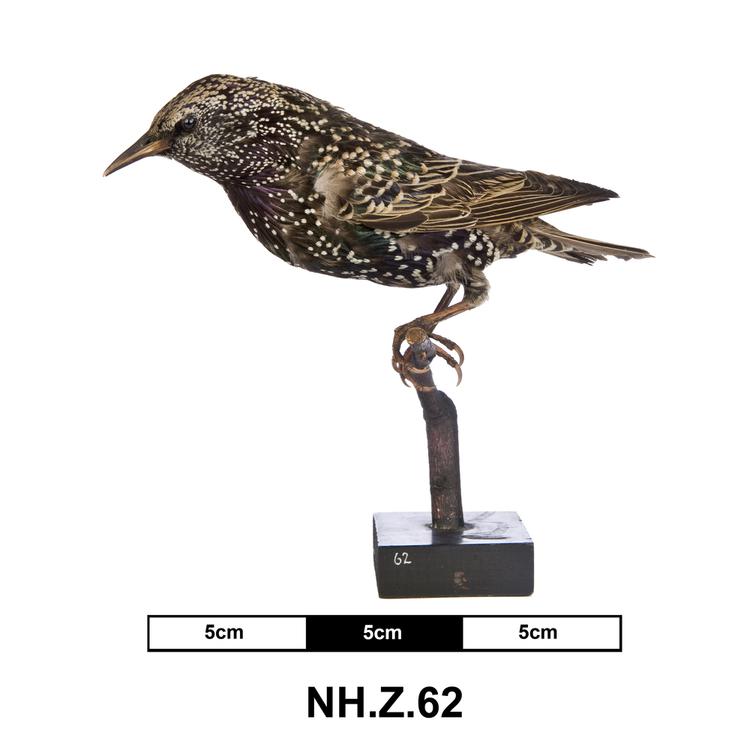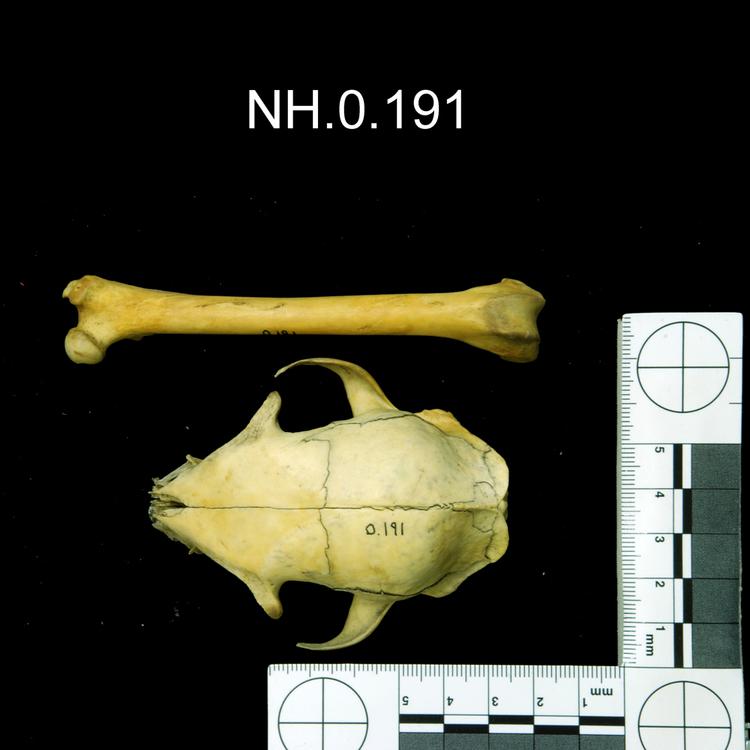Taxidermy specimen of a lobster in a perspex box. Homarus vulgaris.
{PLACE: The common lobster is found throughout the Mediterranean, Atlantic, English Channel, North Sea and west Baltic}
Lifecycle continued:
It is believed that mating occurs around the end of summer but females can also store the sperm packet over the winter so some sets of eggs are not fertilised and laid until the following summer.
The eggs are usually carried by the female on the underside of the tail for about one month, when they are released over several days and then hatch. A single female can carry tens of thousands of eggs, but the survival rate is very low and is thought to be around 0.1%. After hatching, the planktonic larvae are released into the water. For several weeks, the larva floats near the surface of the sea, eating and growing. It has small fins that allow some movement, but not real swimming. The final juvenile stage, the "postlarva" stage is the only time in a lobster's life that it can swim forward. At this age the lobster is about 2 cm long. This stage lasts a week or two, during which the lobster will swim during the day, at up to 20 cm per second which is fast enough to cover 10 km per day. They then burrow into the seabed where they spend approximately 2 years. Once they have reached about 15mm in length they leave their burrows for crevices in layers of rocks. Lobsters reach sexual maturity after 6 years and take between 5-7 years to reach 87mm which is the current minimum size at which they can be legally caught. Lobsters may live up to 50 years or more and can grow up to 75cm in length. An average lobster grows to about 30 cm long and weighs around 9kgs.







